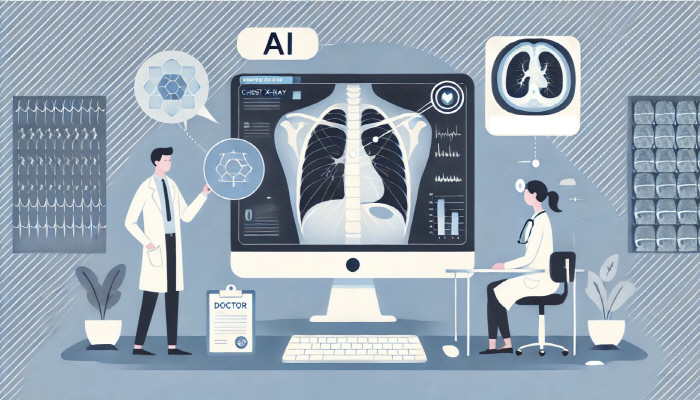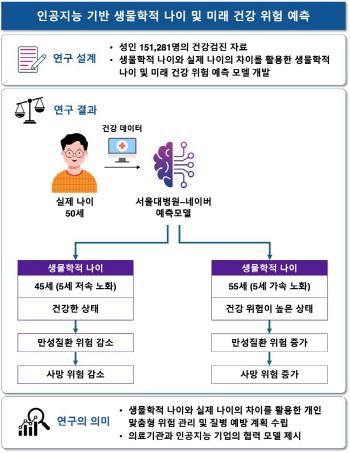AI-assisted injection into chest radiography from June 1st...Re-evaluation in three years
May 13, 2025
|
The Ministry of Health and Welfare designated the technology 'Artificial Intelligence-Based Abnormal Findings Diagnosis Assistance Using Chest Radiographic Images' as an innovative medical technology and made it possible to use it at the medical site for three years from June 1 to May 31, 2028 for patients suspected of chest disease aged 19 or older. Data from actual medical sites will be collected and analyzed for three years, and based on the results, it will be re-evaluated within seven days after the end of the use period, and whether or not to apply formal health insurance will be determined.
The technology analyzes the images when a patient takes chest X-rays in a normal manner (post-potential or anterior-posterior position) at the hospital ▲ Nodules (small lump in the lung) ▲ Hardening (part of the lung tissue hardens) ▲ Interstitial shading (the abnormal visible part in the X-ray image due to abnormal spaces between the lung tissues) ▲ Pleural effusion (water filling in the space between the membranes surrounding the lungs) ▲ Medical staff are informed of the abnormal findings for the five major diseases such as pneumothorax (a state in which air leaks out due to a hole in the lungs) and where they.
The greatest expected effect of AI diagnostic assistance techniques is to increase the chances of early detection of major chest diseases such as lung cancer and pulmonary tuberculosis. In particular, AI can increase the accuracy of diagnosis by discovering microscopic lesions that are small in size or hidden by other structures that are easy to miss by the human eye. In addition, if AI primarily reviews the presence or absence of abnormal findings, medical staff can focus on images that need to be read more closely, which is expected to help reduce reading efficiency and time.
However, health insurance is not generally applied during the period designated as innovative medical technology, so the patient may have to bear some or all of the examination costs. Furthermore, continuous data learning is required to improve the performance of AI, which requires thorough supervision of the privacy and security issues of patient data that may arise during this process.
On the other hand, this technology can only be used in medical institutions reported and received by institutions that applied for innovative medical technology evaluation to the head of the Korea Institute of Health and Medical Affairs, and only doctors working at the institution can implement diagnostic assistance using this technology.
This article was translated by Naver AI translator.














